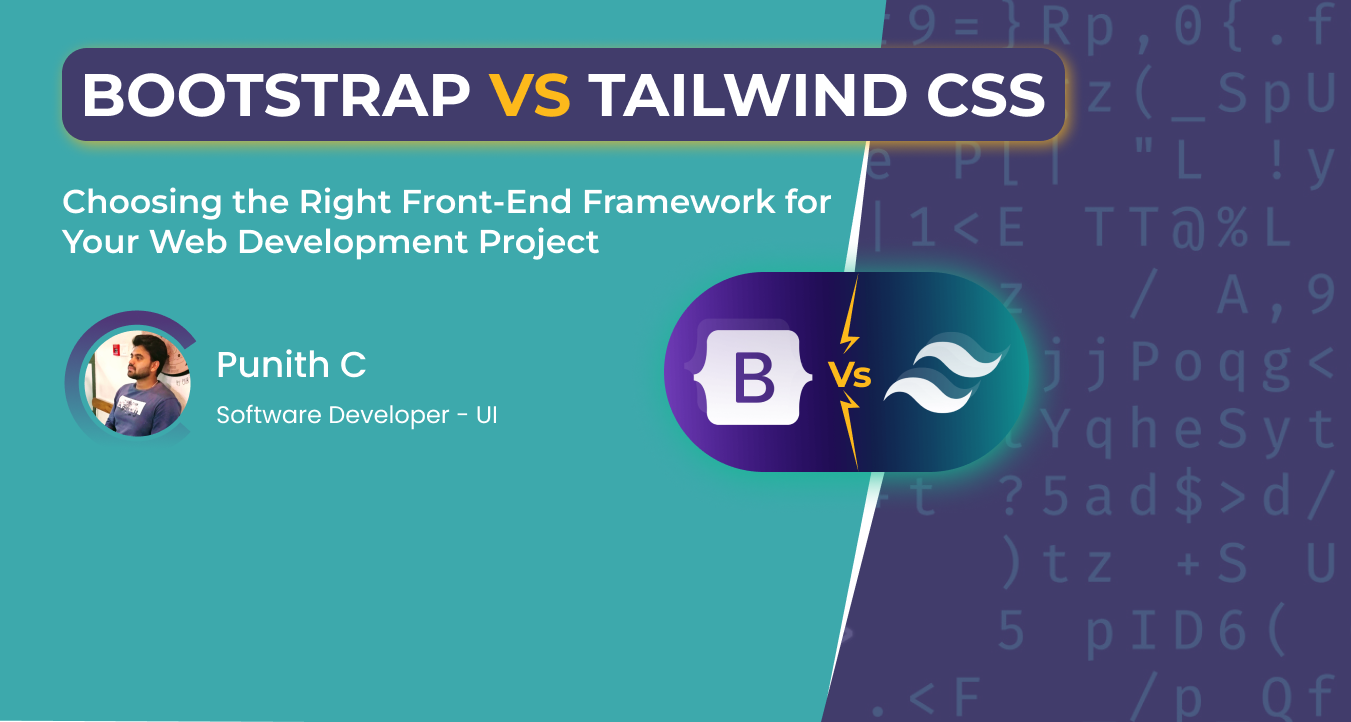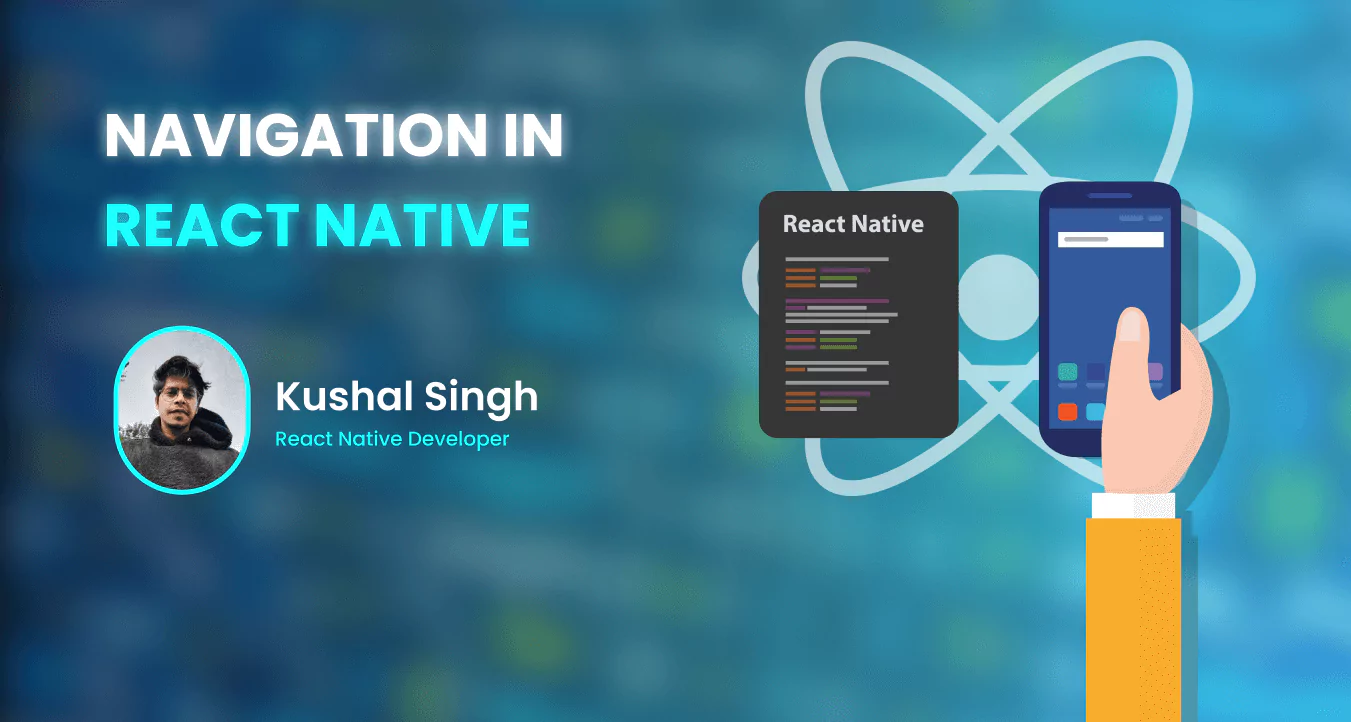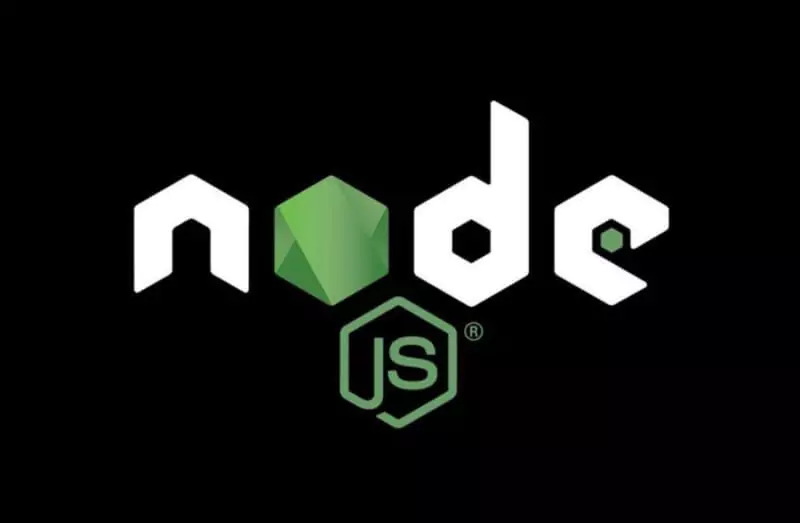
As you build your web application, you necessarily make a series of foundational decisions that will impact the entire architecture of your applications. One of these core decisions is where to implement rendering logic in your application. This is where Node.js comes into the picture.
What is Node.js?
Node.js is a tool written in C, which allows you to use JavaScript on the server-side that lets you effortlessly develop fast and scalable web applications. It utilizes an event-driven, non-blocking I/O model that makes it lightweight, efficient, and excellent for data-intensive real-time applications that run across shared devices.
What is Node.js used for?
Node.js is used for building various business solutions. Here is a sample list of them, in reality the list is longer, much longer.
1. Backend for Social Media Networking
2. Single-page Application
3. Chat Application
4. Data Streaming
5. Backends and servers
6. Developing APIs
7. Microservices
8. Scripting and Automation
What makes Node.js special?
1. Scalability: Node.js applications are easily scalable, vertically and horizontally. While vertical scaling lets you add more support to the current nodes, horizontal scaling allows you to add new nodes faster.
2. High Performance: High performance is achieved by knowing how to take advantage of every aspect of the hardware, helping memory management act at its best, and correctly deciding how to architect a complex application.
Enterprises that use Node.js
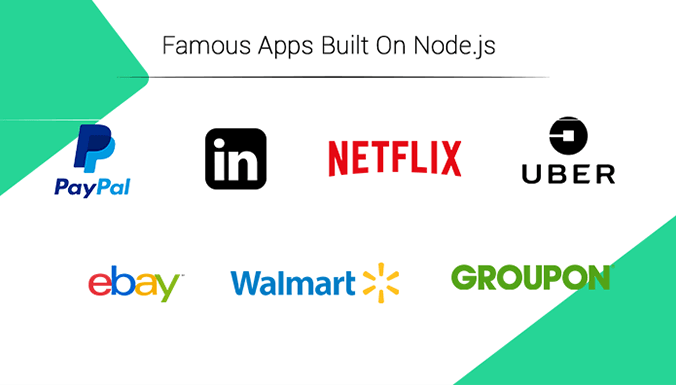
Let's dive into the remarkable realm of Node.js
Unlike the regular web-serving technique, where each call creates a new thread obstructing the system RAM, Node.js operates on a single thread. This enables it to support thousands of concurrent connection handling event loops.
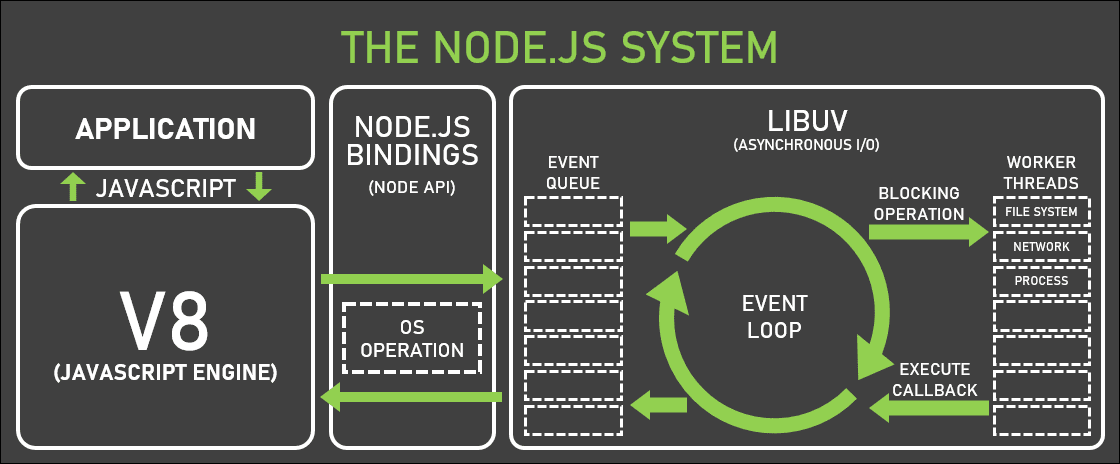
A sneak peek into the areas where Node.js can be used
Use Case 1: Data Streaming

The Problem:
An average consumer spends 40 hours per week watching video content. The gap between Traditional TV and its consumers is growing day by day.
The Solution:
A video streaming solution can be built leveraging the data streaming capability of Node.js. Data Streaming with Node.js is 25% more convenient than traditional means.
How?
The process of sending data is divided into small chunks that are sent to the front-end piece by piece, instead of a huge single package.
Use Case 2: Big Data & Analytic
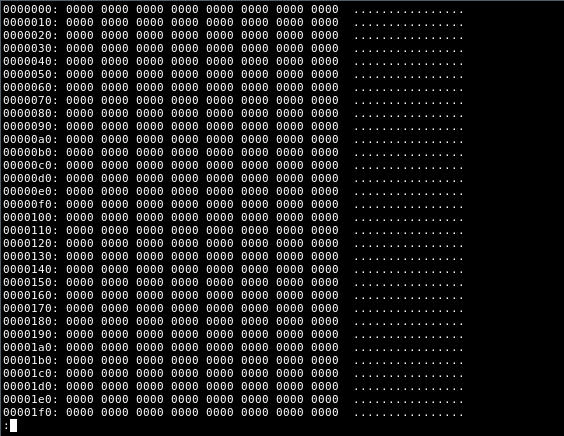
The Problem:
Trying to deal with large data in a browser is troublesome and affects user experience.
The Solution:
Node.js streams ensure data flow from one end to the other effortlessly which makes implementing analytics easy. Node.js has the capability to handle large amounts of data at one time. To overcome the problem of dealing with larger data, it is important to have a mechanism for breaking the large data into multiple chunks. Using backpressure, which comes from implementing Node.js, you can use a computer's resources while processing very large sets of data.
Use Case 3: Wireless Connectivity

The Problem:
Bi-directional signal connectivity between IoT devices is a key challenge.
The Solution:
Node.js server ensures data connectivity without any request blockage
Node.js is one of the most effective solutions to create a proxy server for data connectivity and routing as it supports I/O connectivity without blocking. Some JavaScript libraries for Node.js such as Node-Red, NodeMcu, and Node Serialport offer ready-made solutions for connecting IoT devices.
Use Case 4: Realtime Data

The Problem:
Scalability bottlenecks in real-time data is very common
The Solution:
Node.js makes real-time data a boon for web apps
Node.js is a good fit for building real-time web apps by using push technology over web sockets (a two-way communication between the servers and clients). What's more revolutionary about Node.js is that it is the best choice for creating server-side web apps.
Use Case 5: Queued I/O Inputs

Problem:
The database can become a bottleneck if the web application is bombarded with a large amount of data.
Solution:
The asynchronous nature of Node.js makes it capable of handling huge data loads. Due to the asynchronous capability and event-driven architecture, Node.js excels in handling huge data loads. What's more, the data can be queued through caching or messaging queuing infrastructure such as RabbitMQ or ZeroMQ and stored in different database batch-write processes.
NPM: Node Package Manager
While we are trying to understand the basics of Node.js, we don't want to miss out on its built-in support for package management using npm. A popular package library - npm is the most prized possession of the Node.js community.
The NodeJS documentation is itself very clean and self-explanatory. Here are some useful tutorials and articles that can help you out along the way:
1. Setting up a Node development environment Click Here
2. NodeJS Documentation Click Here
3. W3 Schools Click Here
4. GFG Click Here
Appiness is one of the top web application development company in Bangalore that provides custom web application development services, including website design and development, application integration, software consulting and maintenance services. If you require any assistance regarding the said matter, contact us. We, as a Web Application Development Company in Bangalore would assist you through the process.






